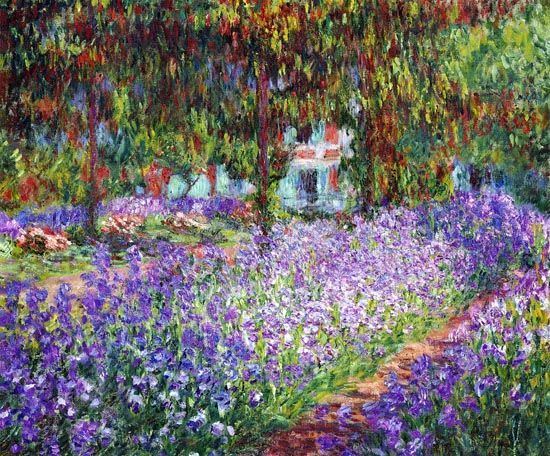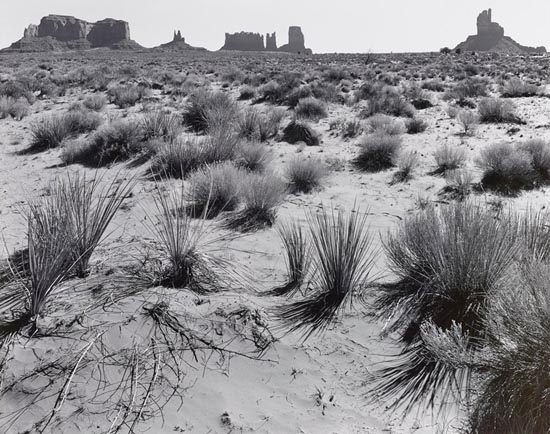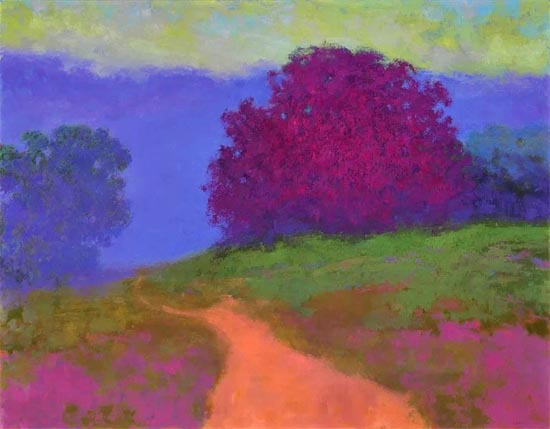
The untouched majesty of mountains, forests, rivers, and lakes leaves us in awe of its beauty.
There’s something about a well painted landscape that draws us in, quiets our minds, and brings us to a peaceful place.
There are three general categories for landscape portraiture.
- Romantic picturesque (beauty and wilderness; natural scenery unspoiled by humans)
- Pastoral (humans taming nature)
- Sublime (divine power in nature)
Landscape as an art form was well established in eastern cultures as early as the 4th century. Trade routes from the east afforded western Europeans some exposure to this art form.
Landscape portraiture became a unique genre in western Europe during the Renaissance, the 16th century, and gained widespread popularity in western Europe during the 18th century — the English were juggernauts in this genre.
Interestingly, the increase in landscape portraiture’s popularity coincided with the industrial revolution. As masses of people migrated to large, often dirty cities, some of the most notable landscape artists were creating masterpieces that changed the course of western art.
The genre of landscapes, from idealistic images of the classical period, to the pastoral beauty of western imagery, continues to evolve, with contemporary painters focusing on the sublime, divine power of nature.



